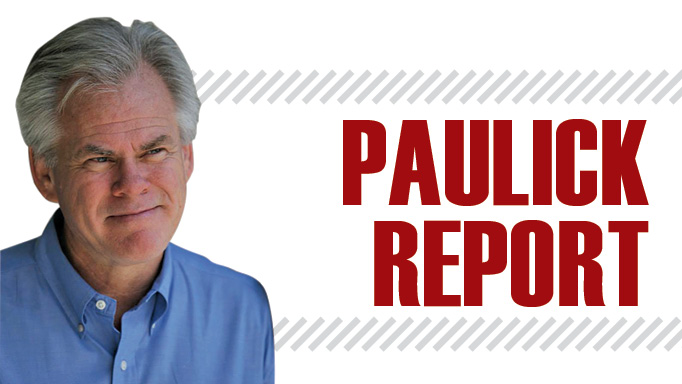“Where have all the horses gone?”
So asks Jonathan V. Levin in his new book bearing those same words in the title. Published by McFarland, Where Have All the Horses Gone? traces the disappearance of horses from their jobs plowing fields, transporting people and goods, herding livestock and serving on battlefields.
The question Levin asks is answered by the book’s subtitle: How Advancing Technology Swept American Horses from the Road, the Farm, the Range and the Battlefield. It’s a transition that, unfortunately, has put too much distance between these majestic creatures and the majority of people living in the modern, technological world.
I’m not quite old enough to remember when horses pulled milk wagons, but I do know they were more a part of mainstream life when I was growing up in the late 1950s and ‘60s than they are today.
Horses were a much bigger part of popular culture, too.
The Saturday morning shows I watched on television as a kid featured characters like Roy Rogers and Dale Evans, Gene Autry, The Cisco Kid and The Lone Ranger. They usually rode off into the sunset on horseback at the end of each episode.
At night, our family was entertained by westerns such as “Bonanza,” “Gunsmoke,” “Rawhide” and “Have Gun Will Travel.” We didn’t just get to know the characters on these shows but their horses, as well.
And, of course, many a Saturday afternoon was spent at the movie theatre, catching the latest western starring John Wayne, Steve McQueen or Clint Eastwood.
The television and silver screen provided my introduction to horses. All of the exposure to them made me want to have one I could call my own.
That dream became a reality the day – shortly after our family moved onto a small farm in Illinois – a bay Morgan mare named Patsy was led out of a trailer and into our pasture.
I learned from that day forward there was more to horses than what Hollywood made them out to be. They needed daily care and attention, no matter how cold the winter temperatures or how much I wanted to hang out or play ball with the other kids in town during long summer days. The responsibilities were immense, but so were the rewards of bonding and accomplishing things together.
It was nearly 20 years before I would discover thoroughbreds and racing. I was intrigued by the challenge of solving the puzzles presented in the past performances of the Daily Racing Form. But I also loved the animals at the core of the game, knowing that no two horses were exactly alike and many had unique characteristics, personalities and abilities. What wasn’t there to like about this sport?
I’m afraid the second part of that equation – love of the horse – is gone for many people in North America today. There’s no stimulation to the everyday kid through popular culture to idolize or dream of owning a horse. There’s no Trigger, Champion the Wonder Horse or Silver at which to marvel. Horse are largely out of sight and out of mind.
The farther and farther we get from when horses were part of mainstream life – pulling work wagons or plows – it seems less likely the entertainment industry will see them as fodder for pop culture.
So, then, what to do?
We know that people, especially kids, are drawn to horses. Watch when an outrider or pony person at the track brings one up to the rail where there is a gathering of children. They are fascinated and awed.
But not enough kids come to the racetrack, and when they do they’re not necessarily exposed to the horses up close and personal.
Somehow, the horses have to find them. Racetracks, breed associations and ownership groups need to combine forces to expand their marketing of racing beyond the bet (and I’m not saying that part should be minimized because without gambling there is no game).
Simply stated, people in our world today need to be reacquainted with the horse. They need to be reminded of the horse’s critical place in history and of the beauty and majesty that has been sustained for centuries.
The horse is the greatest thing our sport has going for it


